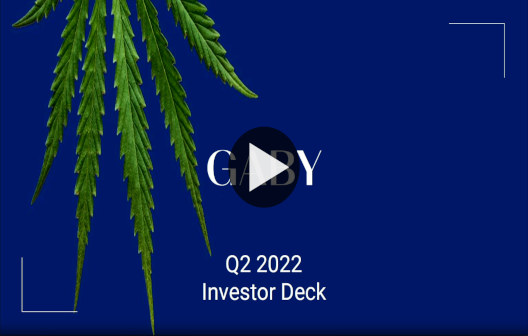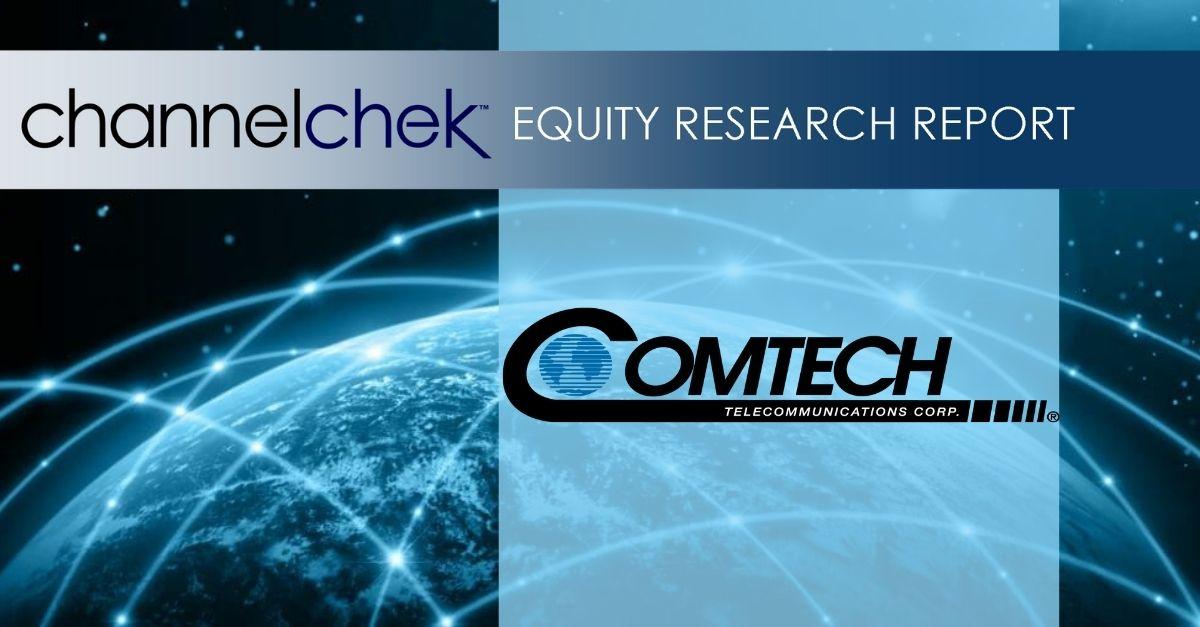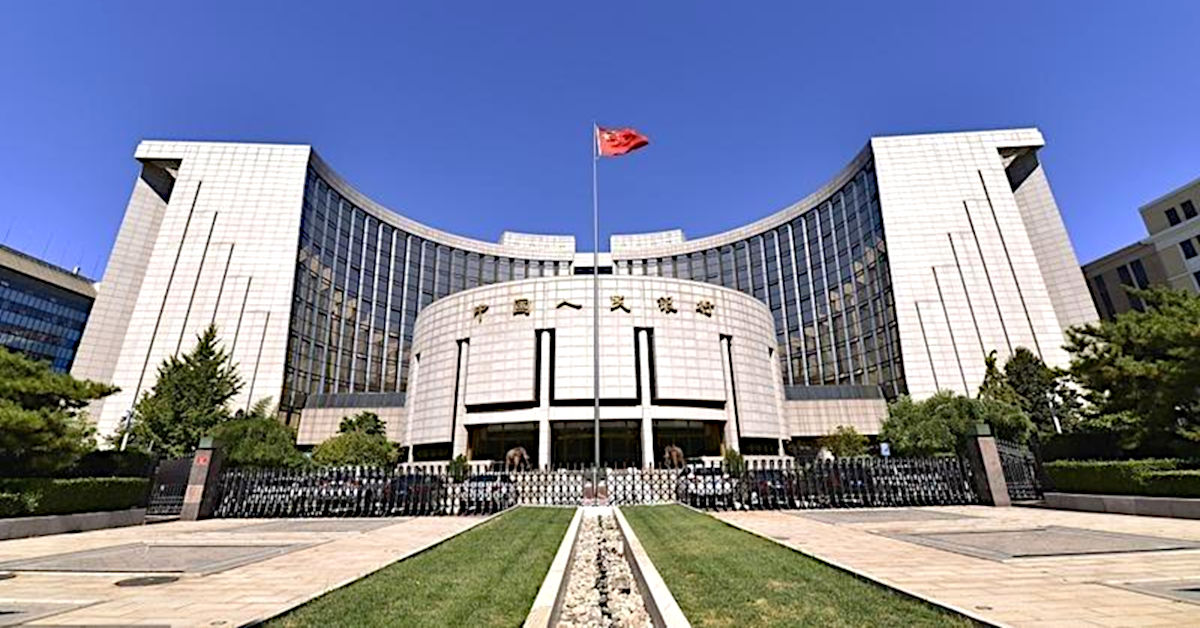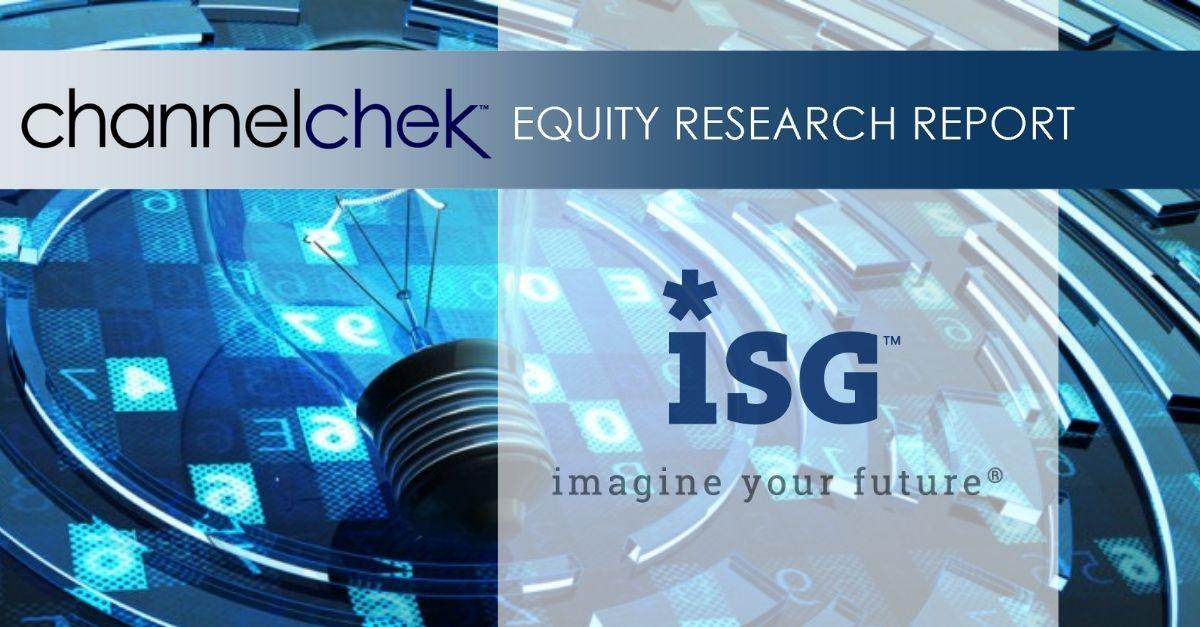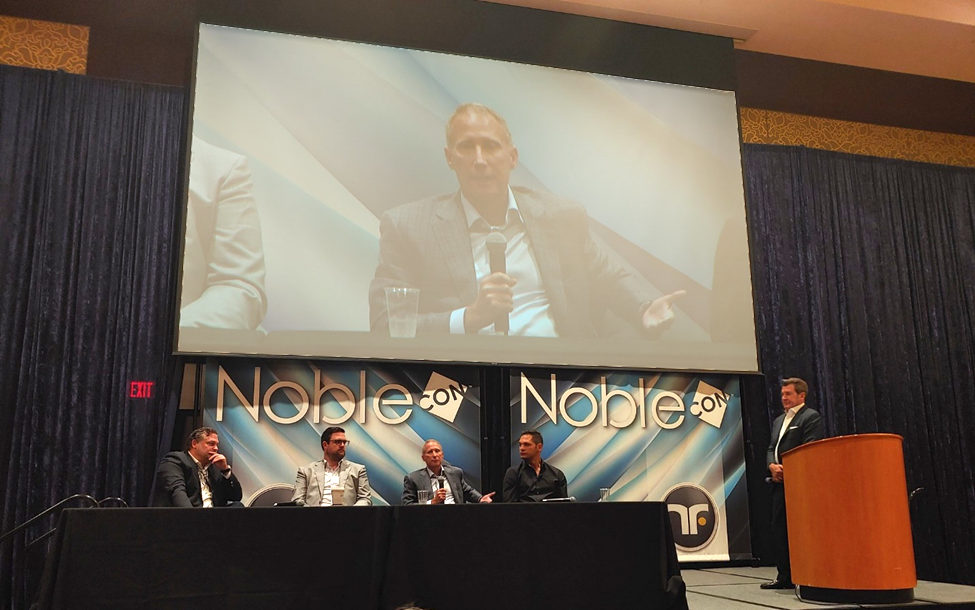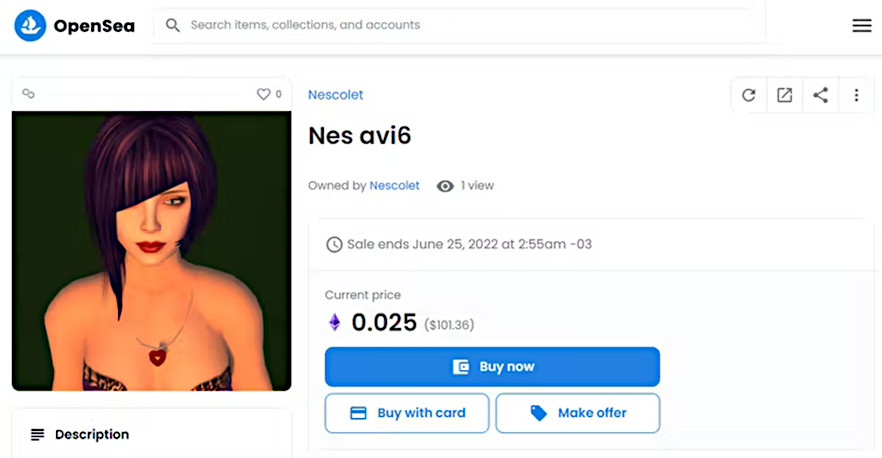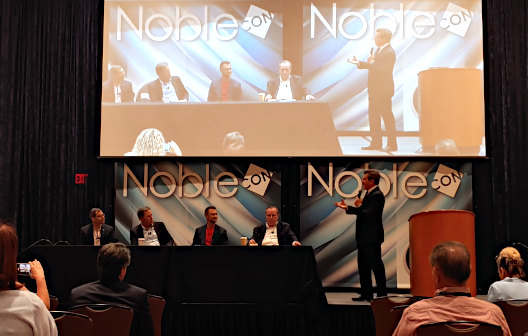
Lineage Announces A Fifth Cell Therapy Program: Allogeneic Photoreceptor Transplants For The Treatment Of Diseases Which May Lead To Blindness
Research, News, and Market Data on Lineage Cell Therapeutics
Dynamic Culturing Process Developed by Lineage Offers Path to Clinical- and Industrial-Scale Production of Photoreceptors
CARLSBAD, Calif.–(BUSINESS WIRE)–Apr. 25, 2022–
Lineage Cell Therapeutics, Inc.
(NYSE American and TASE: LCTX), a clinical-stage biotechnology company developing allogeneic cell therapies for unmet medical needs, today announced a new cell therapy development program: photoreceptor neural cell (PNC) transplants for the treatment of vision loss due to photoreceptor dysfunction or damage. Similar to the company’s recently announced pipeline expansion into auditory neurons for the treatment of hearing loss, Lineage has filed for intellectual property protection covering the composition and methods for generating PNCs. Based on recent in vivo data generated using the company’s PNCs, these cells may be capable of forming reconstructed retina with high survivability and neural connectivity to surrounding functional layers. Notably, Lineage has demonstrated feasibility which could support a large-scale method for producing both types of photoreceptors, known as rods and cones.
“It is natural that, on the heels of the announcement of our alliance with Roche and
Genentech for our RPE cell therapy, a deal worth up to
$670 million dollars plus double-digit royalties if certain development, approval, and sales milestones are achieved and other conditions are met, that we also would pursue treatments for vision loss through the other major cell type of the retina, the photoreceptors,” stated
Brian Culley, Lineage’s CEO. “Our fundamental technology and accumulated know-how give us the opportunity to make many different cell types, and we have demonstrated our ability to create new programs rapidly and efficiently in two distinct areas, expanding our cell therapy pipeline to five separate preclinical and clinical programs, while still maintaining what we believe is an appropriate and responsible rate of investment for a company of our size. This latest program is part of our long-term planning for clinical and commercial success and serves as another example of the capability of our technology platform. We believe our ability to, in just a matter of months, advance from a product concept to generating new intellectual property and manufacturing the desired cell types, is illustrative of the power and efficiency of our platform. We believe the combination of our capital discipline and current balance sheet will support multiple years of further progress, during which we anticipate reaching achievements with each of our clinical and preclinical programs.”
Dr.
Rami Skaliter, who leads the manufacturing function for Lineage, added, “I’m exceptionally proud of the team’s success at overcoming obstacles related to the limited scale of photoreceptor production. Building upon our experience with other cell lineages, we have developed intellectual property, and filed for patent protections, on a manufacturing process which is compatible with large-scale production of photoreceptors in a closed system, improvements which could enable industrial manufacturing. We believe this accomplishment will provide new opportunities for clinical, and ultimately commercial, production of photoreceptors in areas of large unmet need such as Retinitis Pigmentosa, Stargardt’s Macular Dystrophy, and retinal detachments, either independently or through strategic alliances.”
As part of a scientific collaboration with Professors
Benjamin Reubinoff, M.D., Ph.D. and
Eyal Banin, M.D., Ph.D., of the
Hadassah-Hebrew University Medical Center, the differentiation of pluripotent cells into photoreceptors with clinically compatible characteristics was established utilizing a novel differentiation protocol which generated positive identity of key markers of both rods and cones photoreceptor populations. The data generated by the company further demonstrated that a single cell suspension of photoreceptor precursor cells has the potential to survive and mature post-transplantation in a rodent model of retinal degeneration.
About Lineage Cell Therapeutics, Inc.
Lineage Cell Therapeutics is a clinical-stage biotechnology company developing novel cell therapies for unmet medical needs. Lineage’s programs are based on its robust proprietary cell-based therapy platform and associated in-house development and manufacturing capabilities. With this platform Lineage develops and manufactures specialized, terminally differentiated human cells from its pluripotent and progenitor cell starting materials. These differentiated cells are developed to either replace or support cells that are dysfunctional or absent due to degenerative disease or traumatic injury or administered as a means of helping the body mount an effective immune response to cancer. Lineage’s clinical programs are in markets with billion dollar opportunities and include five allogeneic (“off-the-shelf”) product candidates: (i) OpRegen, a retinal pigment epithelium transplant therapy in Phase 1/2a development for the treatment of dry age-related macular degeneration, which is now being developed under a worldwide collaboration with Roche and
Genentech, a member of the Roche Group; (ii) OPC1, an oligodendrocyte progenitor cell therapy in Phase 1/2a development for the treatment of acute spinal cord injuries; (iii) VAC2, a dendritic cell therapy produced from Lineage’s VAC technology platform for immuno-oncology and infectious disease, currently in Phase 1 clinical development for the treatment of non-small cell lung cancer (iv) ANP1, an auditory neuronal progenitor cell therapy for the potential treatment of auditory neuropathy, and (v) PNC1, a photoreceptor neural cell therapy for the treatment of vision loss due to photoreceptor dysfunction or damage. For more information, please visit www.lineagecell.com or follow the company on Twitter @LineageCell.
Forward-Looking Statements
Lineage cautions you that all statements, other than statements of historical facts, contained in this press release, are forward-looking statements. Forward-looking statements, in some cases, can be identified by terms such as “believe,” “aim,” “may,” “will,” “estimate,” “continue,” “anticipate,” “design,” “intend,” “expect,” “could,” “can,” “plan,” “potential,” “predict,” “seek,” “should,” “would,” “contemplate,” “project,” “target,” “tend to,” or the negative version of these words and similar expressions. Such statements include, but are not limited to, statements relating to (i) the potential amount of payments to Lineage under the alliance with
Hoffman-La Roche Ltd. (“Roche”) and
Genentech, Inc., (ii) the potential for new opportunities for clinical, and ultimately commercial, production of photoreceptors in areas of large unmet need, (iii) Lineage’s position to become a leader in the emerging field of regenerative medicine and anti-aging technology, and (iv) future areas of potential treatment using PNC transplant. Forward-looking statements involve known and unknown risks, uncertainties and other factors that may cause Lineage’s actual results, performance or achievements to be materially different from future results, performance or achievements expressed or implied by the forward-looking statements in this press release, including, but not limited to, the risk that competing alternative therapies may adversely impact the commercial potential of OpRegen, which could materially adversely affect the payments payable to Lineage under the Roche/
Genentech collaboration and license agreement, the risk that Roche/
Genentech may not be successful in completing further clinical trials for OpRegen and/or obtaining regulatory approval for OpRegen in any particular jurisdiction; the risk that Lineage might not succeed in developing products and technologies that are useful in medicine and demonstrate the requisite safety and efficacy to achieve regulatory approval in accordance with its projected timing, or at all; the risk that Lineage’s intellectual property may be insufficient to protect its assets; risks and uncertainties inherent in Lineage’s business and other risks discussed in Lineage’s filings with the
Securities and Exchange Commission (SEC). Lineage’s forward-looking statements are based upon its current expectations and involve assumptions that may never materialize or may prove to be incorrect. All forward-looking statements are expressly qualified in their entirety by these cautionary statements. Further information regarding these and other risks is included under the heading “Risk Factors” in Lineage’s periodic reports with the
SEC, including Lineage’s most recent Annual Report on Form 10-K and Quarterly Report on Form 10-Q filed with the
SEC and its other reports, which are available from the SEC’s website. You are cautioned not to place undue reliance on forward-looking statements, which speak only as of the date on which they were made. Lineage undertakes no obligation to update such statements to reflect events that occur or circumstances that exist after the date on which they were made, except as required by law.
Lineage Cell Therapeutics, Inc. IR
Ioana C. Hone
(ir@lineagecell.com)
(442) 287-8963
Solebury Trout IR
Mike Biega
(Mbiega@soleburytrout.com)
(617) 221-9660
Russo Partners – Media Relations
Nic Johnson or
David Schull
Nic.johnson@russopartnersllc.com
David.schull@russopartnersllc.com
(212) 845-4242
Source:
Lineage Cell Therapeutics, Inc.









